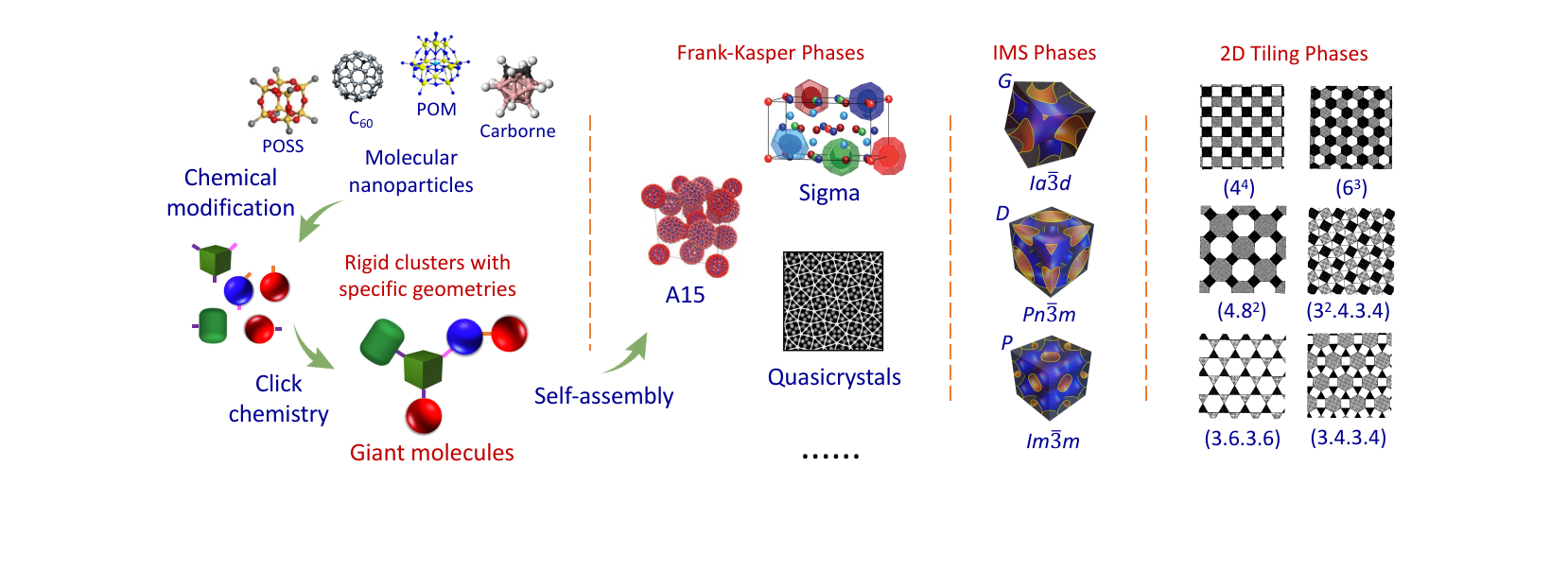箴言
在科学上没有平坦的大道,只有那些不畏艰险沿着陡峭山路攀登的人,才有希望达到光辉的顶点。
----马克思
-----------------------------------------------
合作研究
请有兴趣的研究组联系我们。欢迎任何形式的合作,尤其是在自组装、水凝胶以及生物医药等方向的合作。
------------------------------------------
研究成果
Fang, J.; Zhang, W.-B.* Genetically Encoded Peptide-Protein Reactive Pairs. Acta Polym. Sin. 2018, 4 , 429-444. (Front Cover)
Abstract: Chemical modification of proteins is of great significance in protein engineering, biomaterials, and chemical biology. Genetically encoded peptide-protein reactive pair, or "molecular superglue", refers to a peptide tag and its protein partner that can spontaneously reconstitute to form an isopeptide or ester bond between the side chains of specific residues of the two components. It is entirely based on natural amino acids and thus genetically encodable, providing a new way to do chemistry with proteins. This feature article summarizes the development of this unique set of chemical tools and elaborates on the principles and mechanisms of the isopeptide formation as well as the application of these tools in diverse fields. To date, a toolbox of peptide-protein reactive pairs has been developed and gradually gained its popularity in various fields such as protein topology engineering, protein-based biomaterials and protein nano-assemblies. Typical pairs include the isopeptide-bond-forming SpyTag/SpyCatcher, SnoopTag/SnoopCatcher, SdyTag/SdyCatcher etc . and the ester-bond-forming Cpe0147-A/Cpe0147-B. It allows the programming of post-translational modification of nascent proteins in vivo , which, in combination with protein folding, leads to versatile nonlinear protein topologies with unique properties, including circular proteins, star proteins, and protein catenanes. The protein catenation is found to enhance both the stability and the activity of the enzyme like dihydrofolate reductase. Their reactivity in vitro is also excellent. The covalent nature of SpyTag/SpyCatcher interaction has facilitated the processing of proteins into various materials forms including all-protein-based, chemically cross-linked hydrogels, functional layer-by-layer thin films, hybrid colloidal assemblies, and "living" materials. In this sense, they can serve as the "iron grip" to bring two parts together to form the conjugate, which may be helpful for diverse purposes such as the sortase activity enhancer. It also allows the preparation of protein nano-assemblies with ultra-high affinity, which are useful for applications like protein nanoreactors, synthetic vaccines, and protein therapeutics. The peptide-protein reactive pair technique thus opens new horizon in protein chemistry and paves the road to the synthesis and application of precision macromolecules with huge potential in real applications.





